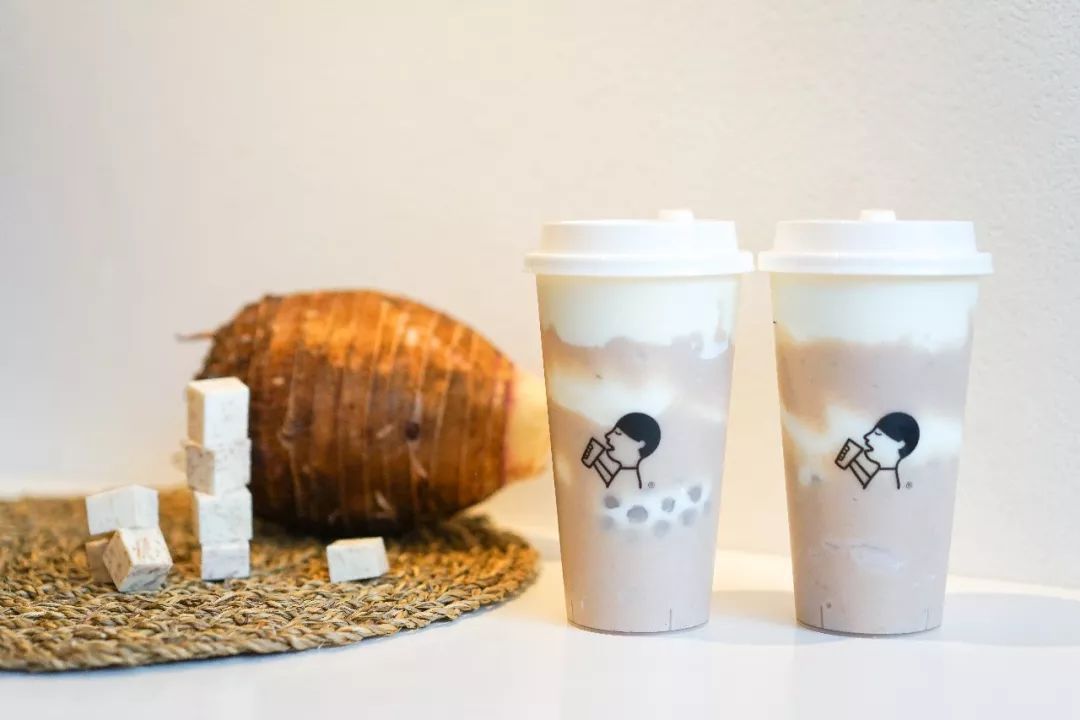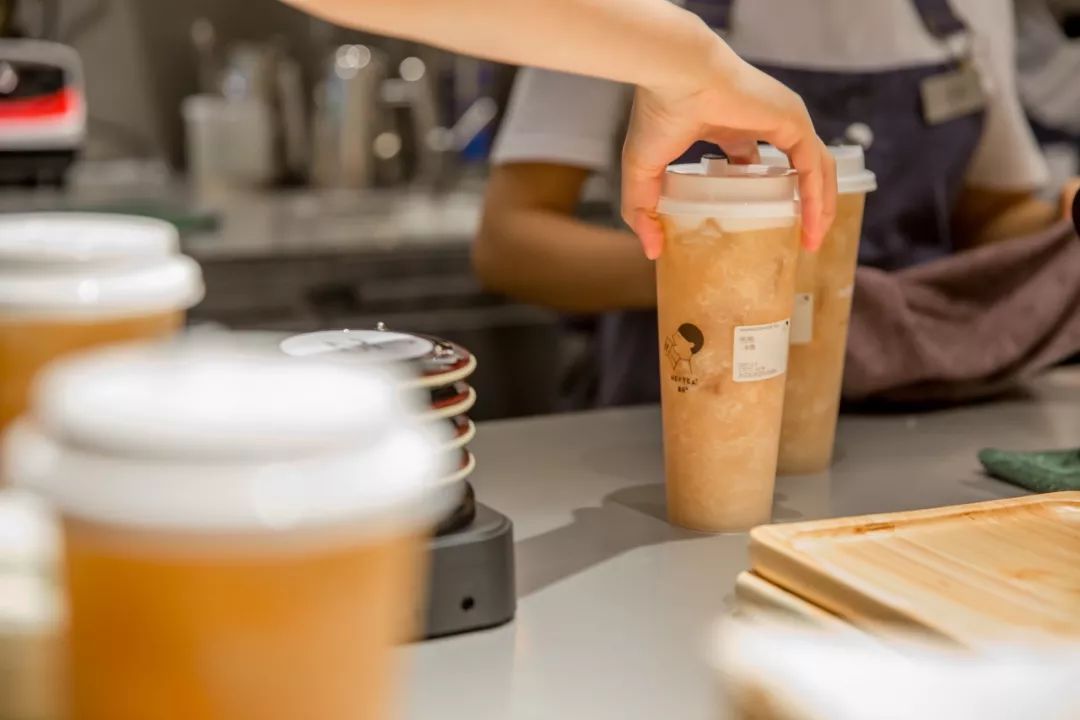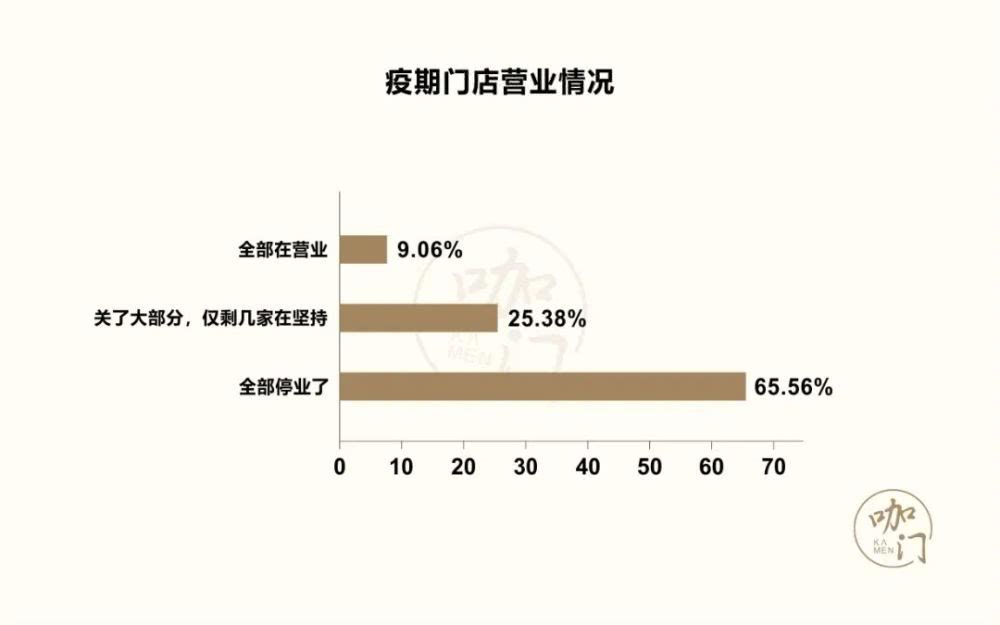Will the rapid expansion of new tea brands see a bubble burst this year?
Editor’s Note: “Hot style rule” article from the micro-channel public number (ID: baokuanfaze) , Author: Konishi.

The rumor that Nayuki’s tea is about to go to the United States has not subsided, and the new tea market has been dropped with a “bomb”-
According to the news, Hi Tea is about to complete a new round of financing, jointly led by Gao Ye Capital and Coatue, and its post-investment valuation may exceed 16 billion yuan.
Late July last year, LatePost reported that Hi Tea had completed a round of financing led by Tencent and Sequoia Capital, with a post-investment valuation of 9 billion yuan. This means that in less than a year, the valuation of Hi Tea has gone from 9 billion to 16 billion-soaring by nearly 80%.
In addition to the skyrocketing valuations, the star institutional investors behind it are also eye-catching: the stocks of Bull Electrical and Liangpinpu, which Gao Capital had previously invested in, have more than doubled since their listing this year, and just announced last week The news of strategic investment in milk powder brand Junlebao has appeared in a new round of hi tea today. In the past two years, it has been quite frequent in the consumer field.
The other party that led the joint investment is Coatue, an American hedge fund that previously had a broad presence in the travel field. It has invested in Didi, Lyft and Grab, and has also appeared in the list of investors in Meituan. .
After rushing to a valuation of 16 billion yuan, Xicha’s next step in the capital market may not be far from the IPO. The Chinese tea beverage market, with a total scale exceeding 400 billion yuan, will usher in a new wave of listing, or will it witness the bursting of the bubble?
Hurry tea and Nayuki who is always on the market
In the industry, Hi Tea has always been a company that can’t worry about itself but runs quite fast.
In 2019, the number of hi tea stores has grown rapidly. According to public statistics, as of December 31, 2019, Hi Tea opened 390 stores in 43 cities, and the number of new stores was 220, of which 157 were main stores and 63 were Go stores. The number of stores is 2018. More than double.
And in terms of sales figures, Beijing’s Chaoyang Joy City store has the highest sales volume throughout the yearIn total, more than 1.13 million cups were sold. Currently, Shenzhen, where the headquarters of Hi Tea is located, has the highest sales volume in China. In 2019, the sales volume exceeded 20 million cups. In 2019, Guangzhou Huifu Dongremai Store, which had the highest cup volume in 2019, once made Sell 4879 cups of drinks in a single day.

According to Xicha’s internal staff, during the epidemic, when a large number of stores were closed, the sales of Xicha’s single stores in some regions increased without decline and increased against the trend. It can be said that from the expansion speed and sales data, Hi Tea has always maintained a fairly strong growth capacity.
In the capital market, hi tea has always been the darling of investors. In August 2016, Xicha got 100 million yuan from IDG and today’s investment; in April 2018, Xicha got another 400 million yuan from Black Ant Capital and Meituan’s Dragon Ball Capital; the last time Xicha attracted attention, is The rumors of Tencent and Sequoia Capital’s investment in the middle of last year were valued at 9 billion yuan, and many investors said that “it is impossible to be so low”, and even some investors once said to the media: “You can go in to win.”
After rumors of this round of financing, there have been rumors that Xicha will soon launch its listing plan, but was denied by Nie Yundi, the founder who is less than 30 years old: “I do n’t contradict, but I am not in a hurry. We are now There is no such plan. This company is still very junior and has a long way to go. “
Now it is rumored that the new round of financing is about to close. Is it urgent or not?
It is also a mystery when will Nayuki’s tea come out.

At the end of February this year, Bloomberg quoted people familiar with the matter as saying that Nayue’s tea is considering an initial public offering in the United States, and the fundraising amount may reach up to 400 million US dollars (about 2.805 billion yuan). However, the report also pointed out that due to the impact of the new crown pneumonia epidemic on the market, details including time schedule, scale and listing place may change.
The news that Nai Xue’s tea is going to be listed has appeared as early as August 2019. At that time, there was news that Nai Xue’s tea had contacted the investment bank.It will go public in the United States in 2020. After the news came out, Nai Xue’s response from the tea side was that there was no plan to go public in the short term, and the company was doing team building, supply chain building, and technological building.
But it is undeniable that “Neixue’s Tea” does have a reason to steal the secondary market.
Nai Xue’s tea was founded in 2015 and is headquartered in Shenzhen, Guangdong Province. The selling point is the innovative creation of “tea + soft package”, which mainly targets young women aged 20-35.
Since February 2017, Nai Xue’s tea has completed 3 rounds of angel round, round A and round A +. The investors are mainly Tiantu Capital, an investment institution that focuses on the consumer sector. The latest round of financing of Naixue’s tea occurred in March 2018, when the valuation had reached 6 billion yuan. According to public reports, Nai Xue’s tea has opened 420 offline stores across the country, including 174 new Nai Xue’s tea stores in 2019. In 2020, Nai Xue’s tea was originally planned to open more stores than in 2019. However, during the epidemic, 420 offline stores lost more than 100 million yuan in ten days. The founder Peng Xin also said to the media that the expansion plan needs to wait until the epidemic is over. Evaluate again.
But there is no doubt that accelerating expansion is already the established strategy of Nai Xue’s tea. Zhao Lin, another founder of Nai Xue’s tea, once told the media: “Light Catering can only remember the head brand, and you can only survive if you are the boss and the second child.” Under such pressure, the company’s rampant Expansion cannot slow down.
Another famous for its pursuit of speed is Rui Xing Tea, a subsidiary of Ruixing. It has long been said that it will become “the largest ready-made tea chain company in China”.
![Xi Cha has received Gaocheng investment again. After the valuation soared by 80%, the situation of new tea drinking will be upgraded again. -size-val =]()
In July 2019, Ruixing Coffee announced the launch of a brand new strategic tea product, Fawn Tea, in nearly 3,000 stores in 40 cities across the country, positioning it as “the vibrant afternoon tea for young people”. Two months later, Ruixing Coffee announced that it would independently operate Xiao Lu Tea as an independent brand, and hired Xiao Zhan as the spokesperson for the brand of “Lu Lu Tea” to expand in second, third and fourth tier cities.
After this move, Fawn Tea sales are better than expected. The founder and CEO of Ruixing Coffee Qian Zhiya once revealed that the Fawn Tea series beverages that have just launched a quarter have exceeded coffee in growth rate, and their sales account for 20% of all product sales.
Relying on the sinking market and “0 yuan to join”, Xiao Lu Tea quickly opened up the situation. In addition, Fawn Tea continues the operation of Ruixing’s crazy subsidy. A cup of milk tea at 27 yuan in original price usually only costs a few dollars after the discount. This is undoubtedly also the launch of Fawn TeaAn important reason for “beyond expectations” since then.
This approach will inevitably lead to problems and controversy. Although the addition of new retail partners will reduce the expansion cost to a certain extent, it may also encounter the disadvantages of all franchise models, such as chaotic management and difficult to guarantee product standardization. Wait.
In the Chinese tea beverage market of 400 billion yuan, hi tea, Natsuyuki tea, fawn tea, Lele tea, tea beauty, boiled leaves, flavored tea, 1 point, 1314 tea, all OK, both If you want to step by step, consumers can only remember the head players-and with the continuous supply of capital ammunition, the Matthew effect of the industry will probably become more and more obvious.
The concerns and challenges of new tea drinks
At the same time, with the rising valuations of leading companies, the size of the “tea bubble” in the 400 billion yuan tea market is also a question in the minds of many people.
Including hi tea, Nayuki’s tea, and fawn tea, new tea drinkers are faced with more or less hidden concerns: insufficient product standardization and high homogeneity.
In terms of tea, it is sufficient for suppliers to sell high-priced tea leaves to high-end business people to support themselves. The processing and production of raw materials does not require large-scale and large-scale industrial production. The upstream of China’s tea industry The system has not been structured, so it cannot solve downstream problems.
The production process other than tea is also difficult to stabilize.
On the one hand, the standardization of new tea products is relatively low. Almost all operations in the production process must be completed by humans. Even if the new tea drink market has equipment such as fructose machines, fruit slicing equipment, and milk cap machines, the production process of the products is still a matter of people.
“How sweet a cup of tea is, it all depends on the clerk’s hand holding the sugar.” Under the condition of low standardization of operation and unstable taste, the guarantee of product quality becomes a problem under the rapid expansion.
On the other hand, the guarantee of taste often means greater cost investment. Nie Yundi, the founder of Hi Tea, lamented helplessly in an interview: “For example, we make a glass of ‘succulent grapes’, because there is no better way for the time being. The final product is not the taste of canned pulp with a distinct sweet taste. All the grapes in the cup can only be peeled and seeded by hand. “
The stability of taste is secondary. The issue of food materials and food safety is really a sharp sword hanging on the head of the new tea drink brand.
On November 12, 2019, the Fujian Provincial Consumer Council and the Fuzhou Municipal Consumer Council have released a comparison test of ready-made milk tea for sale: the results of the comparison test of 40 milk teas, including Duke and Happy Sweet Potato, 4 There is no drop of milk for milk tea; at 85 ° C, tribute tea, etc., the four samples have a higher fat content; Xiaoque tea, Naixue tea, Yihetang, etc., 14 sugar-free milk teas have a sugar content exceeding the recommended intake of 25 grams.
![Hi Tea has received Gao Yuan investment,After the valuation soared by 80%, the situation of the new tea drinking rivers and lakes will be further upgraded.]() Negative impact on health and safety
Negative impact on health and safety
What’s more serious is that the health problems in tea shops have been repeatedly exposed: there are many stores in hi tea places where there are problems such as unsanitary stores and foreign matter in drinks; there are also complaints in Nai Xue’s tea stores about environmental hygiene , The staff’s tea making operation is not in compliance, etc .; Coco can be found in Huaian, Jiangsu Xinya shop recently, the local regulatory department has checked out the problem of moldy fruits in the raw materials.
Trust in food safety is the most fragile. Once consumer confidence in the product collapses, it can be a fatal blow to businesses.
In addition, the new tea drinkers also lack effective barriers, low thresholds, and formulas are easy to imitate. The phenomenon of homogenization is becoming increasingly serious.
In September of last year, Lele Tea launched a new “nut tea feast” series in conjunction with “Three Squirrels”, which was pointed out by netizens as suspected of plagiarism. Later, Cha Yanyue Weibo posted a post, saying, “In the current situation of asymmetric information, can you keep the awe and bottom line of the word” original “instead of using it as a cover?”
![Xi Cha has received Gaocheng investment again. After the valuation soared by 80%, the situation of new tea drinking will be upgraded again. -size-val =]()
Comparison of plagiarism made by netizens
Similar suspected plagiarism also includes Hi Tea and Nayuki’s tea. In 2018, Peng Xin, the founder of Nai Xue’s tea, plagiarized in the circle of friends. Subsequently, Nie Yunzheng replied in the comment area of Peng Xin’s circle of friends that his understanding of “market competition”, “plagiarism” and “innovation” were different.
At the moment, the greater crisis for offline tea brands comes from the epidemic. Under the impact, the new tea brand that has been scoring fast has slowed down, and “recovery” has become a common issue for tea brands and even the entire catering retail industry.
Recently, the “Kamen” joint “beverage industry ’s“ survival survey of tea stores during the epidemic period ”report shows that rents and personnel costs, high take-out third-party platforms, rising raw material procurement costs, and taxes and fees are all companies Bring a lot of cost pressure. The survey showed that from January 25th to February 9th, 65.56% of the stores were closed and 25.38% were closed.Only a few stores remain open, and only 9.06% of all stores are open.

Customers of each brand have relatively fixed consumption habits. Customers who are accustomed to daily purchases in the store may not quickly switch to takeaway platforms. The change from offline to online also requires operations and time. For example, the lack of contactless delivery capacity, coupled with the fact that tea is not just needed, sales volume will be greatly reduced, which will affect the year-round store expansion plan or marketing.
Can “retaliatory consumption” after the resumption of work help new teas survive the crisis? According to Meituan review data, 72,000 cups of pearl milk tea were sold in Shanghai in the first week of resumption. These “pearls” can fill an international standard swimming pool.
But this “retaliatory consumption” is difficult to sustain. A report from Huaxing Capital shows that most people will resume simple offline consumption within a week to a month after the end of the epidemic, that is, assuming that the epidemic at home and abroad has basically ended at the end of April, consumption will return to normal in May. Mid to late. Some entrepreneurs also told the media that, optimistically, offline stores can recover more than 80% of the revenue level before the epidemic around April-May.
Facing the long recovery period of consumer confidence, tea brands have taken on offline and online traffic, and optimizing product and service capabilities is still a top priority.
Even after the new tea companies can adjust in time to overcome the difficulties of a sharp decline in offline consumption, long-term product homogeneity and low standardization are still the needle that may break the new tea market bubble at any time.
The “Explosion Law” is a new media focused on new consumer fields under the “Shenxiang”.
Follow “baokuanfaze”, reply to [Tea Drink], and get “2019 White Tea Consumption White Paper”


